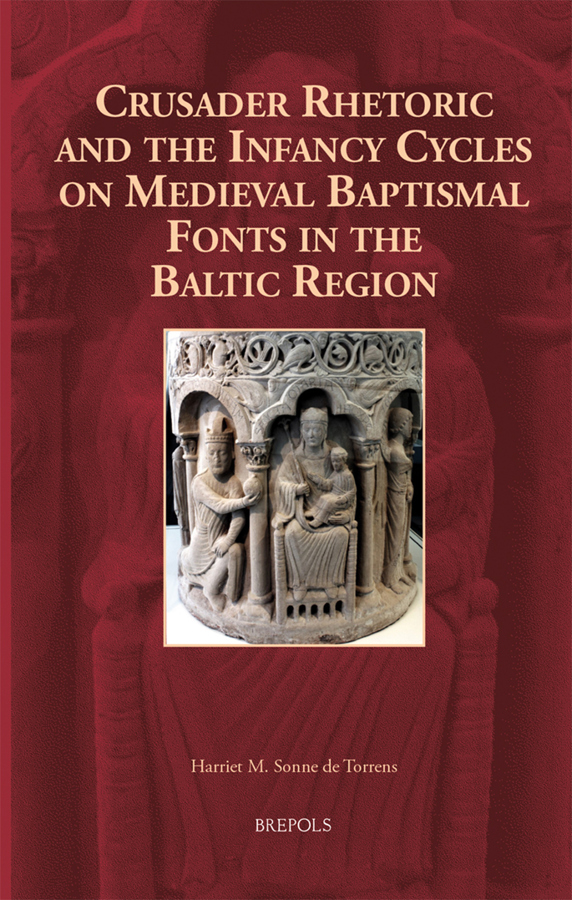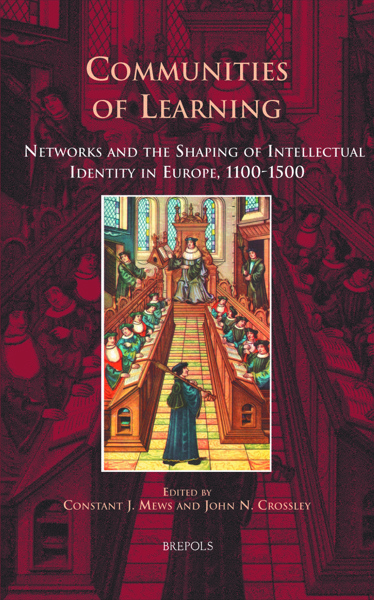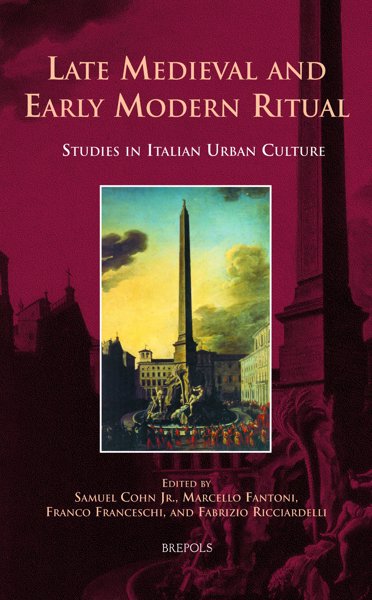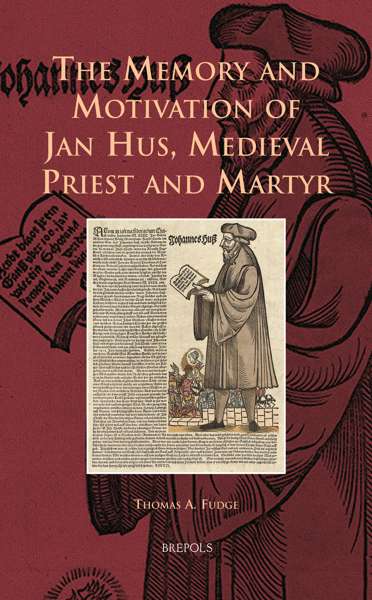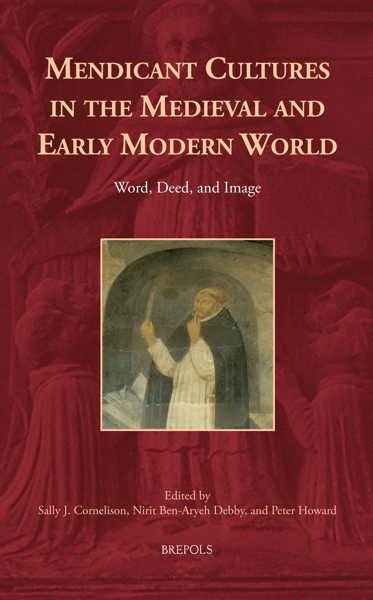
Crusader Rhetoric and the Infancy Cycles on Medieval Baptismal Fonts in the Baltic Region
Harriet M. Sonne De Torrens
- Pages: approx. 430 p.
- Size:216 x 280 mm
- Illustrations:448 col., 8 tables b/w., 7 maps b/w
- Language(s):English
- Publication Year:2024
- € 100,00 EXCL. VAT RETAIL PRICE
- ISBN: 978-2-503-59938-0
- Hardback
- Forthcoming (Aug/24)
- ISBN: 978-2-503-59939-7
- E-book
- Forthcoming
*How to pre-order?
This innovative analysis of the Infantia Christi Corpus, all known medieval baptismal fonts attributed primarily to the twelfth and thirteenth centuries in the Latin West, is the first in-depth study of the elaborate pictorial cycles in relation to the liturgy of the Mass and the political rhetoric used to justify the apostolically approved Baltic Crusades.
Dr. Harriet M. Sonne de Torrens (Ph.D., University of Copenhagen, L.M.S. from the Pontifical Institute of Mediaeval Studies, Toronto) is an art historian, medievalist, and academic librarian at University of Toronto Mississagua; co-director of the research project Baptisteria Sacra Index (BSI) with more than 25,000 baptismal fonts; she is co-editor of the book, Visual Culture of Baptism in the Middle Ages : Essays on Medieval Fonts, Settings and Beliefs (2013).
This is the first comprehensive, interdisciplinary analysis to demonstrate that the representation of Infancy cycles on twelfth-and-thirteenth-century baptismal fonts was primarily a northern predilection in the Latin West directly influenced by the contemporary military campaigns. The Infantia Christi Corpus, a collection of approximately one-hundred-and-fifty fonts, verifies how the Danish and Gotland workshops modified and augmented biblical history to reflect the prevailing crusader ideology and rhetoric that dominated life during the Valdemarian era in the Baltic region. The artisans constructed the pictorial programs according to the readings of the Mass for the feast days in the seasons of Advent, Christmas and Epiphanytide. The political ambitions of the northern leaders and the Church to create a Land of St. Peter in the Baltic region strategically influenced the integration of Holy Land motifs, warrior saints, militia Christi and martyrdom in the Infancy cycles to justify the escalating northern conquests.
Neither before nor after, in the history of baptismal fonts, have so many been ornamented with the Infancy cycle in elaborate pictorial programs. A brief revival of elaborate Infancy cycles occurs on the fourteenth and fifteenth century fonts commissioned for sites previously located in the Christian borderlands east of the Elbe River with the rise of the Baltic military orders and the advancement of the Church authority. This extraordinary study integrates theological, liturgical, historical and political developments, broadening our understanding of what constituted northern crusader art in the twelfth and thirteenth centuries.
Introduction
Maps
Part I. The Historical And Political Contexts
Chapter 1. The Workshops and Continental Networks
1.1 The Workshops
1.2 Inscriptions
1.3 Dating Medieval Baptismal Fonts
Chapter 2. The Ecclesiastical, Cistercian, and Artistic Relationships between Denmark and Gotland
2.1. Medieval Kingdom of Denmark
2.2. Öland and Gotland
2.3 The Church, Cistercians, and Military Orders
2.4 The Cistercian Period
2.5 Trade and the Church
Chapter 3. The Eucharist, New Law, and Crusader Theology
3.1. De fontibus salvatoris: The Chalice-Shaped Fonts and the Cult of the Child
3.2. The Eucharist and Baptismal Fonts
3.3. The Judicial Century
3.4. Vineam Domini and the Crusades
Part II. The Iconography, Liturgy, and Crusades
Chapter 4. The Advent Season and Feast Days
4.1. The Liturgy and Biblical Readings
4.2. Palmers and Crusades
4.3. Christ’s Triumphal Entry into Jerusalem
4.4. The New Jerusalem
4.5. St George, St Mercurius, St Methodius and St Cyril
4.6 Advent of Ecclesia
4.7 The Visitation and the Four Daughters
Chapter 5. The Christmas Season
5.1. Vigil of Christmas (24 December)
5.2. Christmas Day (25 December)
5.3. Feast Day of St Stephen (26 December) and Legend of Staffan the Stable Boy
5.4. Feast of the Holy Innocents (28 December)
5.5. Feast Day of St Thomas Becket of Canterbury (29 December)
5.6. Feast of the Circumcision / Octave of Christmas (1 January)
Chapter 6. The Epiphany Season: Crusader Kings and Peregrini
6.1. The Vigil of the Epiphany (5 January)
6.2. The Epiphany (6 January)
6.3. Moses and the Crusades
6.4. The Cult of the Magi
6.5. Milites Christi and Martyrdom
6.6 Candlemass: The Feast of the Purification (2 February)
Conclusion
Appendix 1. Tables
Appendix 2. Figures
Bibliography
Index of Biblical References
Index of Baptismal Fonts
General Index

